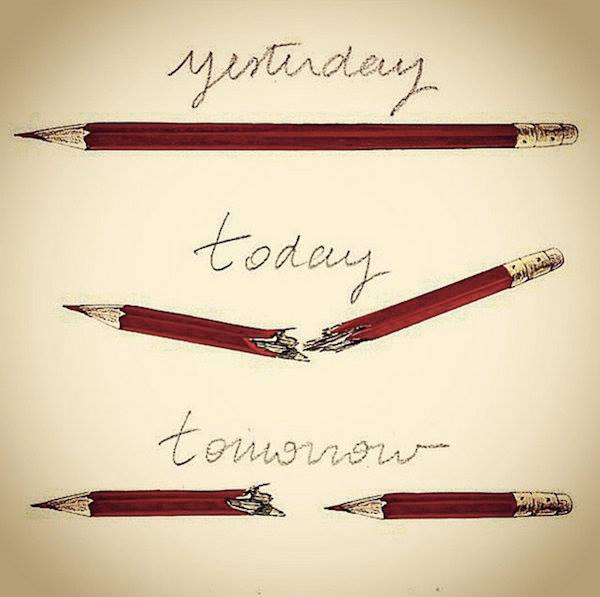Guests and Special Events of the Retrospective "Schauplätze, Drehorte, Spielräume (Settings, Locations, Scenes). Production Design + Film"
Ken Adam, one of the best-known and most influential production designers of the last forty years, once described himself as “the director’s eye”. The Retrospective “Schauplätze, Drehorte, Spielräume [Settings, Locations, Scenes]. Production Design + Film” is showing the two films in which Adam designed the set decoration for Stanley Kubrick: Barry Lyndon (1973–75) and Dr. Strangelove or: How I Learned to Stop Worrying and Love the Bomb (1963/64). On February 16, Ken Adam (Barry Lyndon, 7.30 p.m., CinemaxX 4) talks about his work with Kubrick.
Christiane Kubrick got to know her future husband while she was making Paths of Glory (1957). She played the young German woman who sang the song about the faithful hussar. Christiane Kubrick will be presenting this film twice: on February 14 (7.30 p.m., CinemaxX 4) and on February 17 (8 p.m., Zeughauskino). She and her brother, producer Jan Harlan, are guests of the Filmmuseum Berlin (6 p.m.) on February 16: “Stanley Kubrick: Creating a World”. On February 14 (10 p.m., Zeughauskino) we are showing Kubrik’s last film Eyes Wide Shut (1996–99), which was co-produced by Jan Harlan, who will be talking about the shooting.
The cinemagoer rarely registers the film set decoration. As a result, the work of the production designer frequently goes unnoticed. Dante Ferretti, however, is one of the stars of his profession. He has been nominated for an Oscar for the “Art Direction” category for his work for Martin Scorsese’s Aviator (2004). His international breakthrough came in 1969 at the latest, with his work for Pier Paolo Pasolini’s classical drama Medea. Ferretti talks about his conception of his work at the Filmmuseum Berlin (February 12, 6 p.m.) and about the formative and very stable working relationships with Pasolini and Fellini at the screening of Medea (Feb 13, 7.30 p.m., CinemaxX 4) and E la nave va (1982/83; Feb 12, 5.30 p.m., CinemaxX 8).
Swedish production designer Anna Asp, who has worked with Ingmar Bergman and Andrej Tarkowskij, among others, is one of the few well-known women in her field. She talks about her design concept for Tarkowskij’s film Offret (1985/86) on February 17 (8 p.m., CinemaxX 8). The following evening she discusses imaginary and real rooms with the woman director Jutta Brückner (6 p.m., Filmmuseum Berlin).
Two other production designers join us at the Filmmuseum Berlin to talk about the many different aspects and special features of their work. On February 11, our guest will be Lothar Holler (6 p.m.) who designed the sets for Leander Haußmann’s Sonnenallee (1999/2000) and Wolfgang Becker’s Good Bye, Lenin! (2002/2003). On February 17 we welcome Alex McDowell (6 p.m.) whose work as production designer has included designs for the two Steven Spielberg films Minority Report (2001/2000) and The Terminal (2003/2004).
Special Events
Three special events at the Retrospective focus on the optical eloquence and ingenious design of early film architecture. The Volksbühne at Rosa-Luxemburg-Platz is premièring the newly restored version of Sergej Eisenstein’s Battelship Potemkin (1925) in two performances (Feb12, 8 p.m., Feb. 13, 11 a.m.) accompanied by the Deutsches Filmorchester Babelsberg directed by Helmut Imig. The two other silent films screened as special events in the Retrospective will also be shown in newly restored versions. The Friedrich-Wilhelm-Murnau-Stiftung was responsible for the restoration of Fritz Lang’s classic – and early thriller – Spione (1927/28). The Aljoscha Zimmermann Ensemble will provide the musical accompaniment (Feb. 11, 8 p.m. CinemaxX 8, Feb. 13, 8 p.m., Zeughauskino). Karl Grune’s film Schlagende Wetter (1922/23) has been restored by the Filmmuseum Berlin – Deutsche Kinemathek and can now be seen in a version that was prepared using the Desmet colour process. The film will be accompanied by the Bolschewistische Kurkapelle (Feb. 16, 8 p.m., CinemaxX 8).
Following the international première of the restored version of the Bollywood classic Mughal-E-Azam (1960), Deepesh Salgia will speak about the costly restoration work on the film at CinemaxX 8 on February 18. Every single one of the films 300,000 frames – of which only a few passages were originally shot in colour – has been coloured and digitally processed.
While he was making the French version of his film Mon Oncle (Feb.14, 8 p.m. CinemaxX 8), Jacques Tati also shot an English version. The Retrospective is showing the world première of the newly restored English version at CinemaxX 8 on February 15 at 5.30. It will also be shown at the Berlinale Palast on the Berlinale Kinotag, February 20 at 8 p.m. A festive end to the festival with the Compagnie Deschamps & Makeïeff.
 Chatelin Bruno
Chatelin Bruno 


























